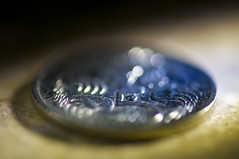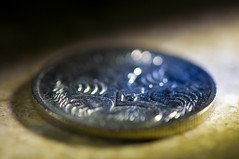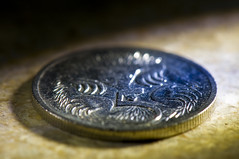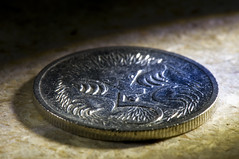Difference between revisions of "Depth of field"
(→Links: Wikipedia link) |
(commenting out photo temporarily, see talk page) |
||
| Line 1: | Line 1: | ||
| + | <!--I am going to blank this temporarily, in the hope we can replace it with an image showing much greater foreground/background blur | ||
{{Flickr_image | {{Flickr_image | ||
|image_source= http://www.flickr.com/photos/heritagefutures/5000545129/in/pool-camerawiki | |image_source= http://www.flickr.com/photos/heritagefutures/5000545129/in/pool-camerawiki | ||
| Line 7: | Line 8: | ||
|image_rights= with permission | |image_rights= with permission | ||
}} | }} | ||
| − | + | --> | |
| − | ''' | + | '''See also''' [[lens#Depth of field|lens]] |
''Depth of field'' is a measure of the zone of distances (from near to far) that are within acceptable sharpness at a given aperture and focus distance. "Acceptable" sharpness is subjective and becomes more critical for larger prints or projection. | ''Depth of field'' is a measure of the zone of distances (from near to far) that are within acceptable sharpness at a given aperture and focus distance. "Acceptable" sharpness is subjective and becomes more critical for larger prints or projection. | ||
Revision as of 22:56, 2 February 2012
See also lens
Depth of field is a measure of the zone of distances (from near to far) that are within acceptable sharpness at a given aperture and focus distance. "Acceptable" sharpness is subjective and becomes more critical for larger prints or projection.
When a lens is focused on a subject at a given distance, all subjects at that distance are sharply focused. In theory, subjects that are not at the same distance are out of focus, and thus not sharp. However, since human eyes cannot distinguish very small degree of unsharpness, some subjects that are in front of and behind the sharply focused subjects may still appear to be sharp. This zone of acceptable sharpness is referred to as the depth of field. Thus, increasing the depth of field increases the perceived sharpness of an image. Using smaller apertures or larger distances increases the depth of field.
Depth of field extends further behind the plane of focus than in front and the difference increases with distance. This can be used to good effect by the so-called hyperfocal setting. For example, for a landscape photograph using a 50mm lens at f8 if, instead of focussing normally, the depth-of-field scale is used to set infinity at the f8 marking then the theoretical depth of field extends forward to 5 metres. In other words, the lens is focussed at 10 metres instead of infinity taking advantage of depth of field to bring more of the scene into focus.
As the aperture is reduced depth of field increases, however diffraction may comes into play and decrease overall sharpness.
Depth of field has nothing to do with lens construction, it is a purely geometric property. Whether zoom or prime (fixed) lens, regardless of how many elements, whether wide angle or telephoto, depth of field is the same for a given f stop and magnification at the film plane or image sensor. Depth of field is commonly thought to be related to focal length, but is actually related to magnification. Changing to a longer focal length or moving closer to the subject both have the same effect of increasing magnification and reducing depth of field.
|
|
|
| ||||||||
|
Effects of increasing Depth of Field | |||||||||||
Links
- "Depth of field" at Wikipediia
- Depth of field explained by Dr. Ching-Kuang Shene
- Online depth-of-field calculator from DOFMaster.com
- More online calculators for hyperfocal distance and DOF, from John Hendry
- "Depth of Field and Bokeh" by Dr. Hubert Nasse, a white paper from Carl Zeiss Camera Lens News



